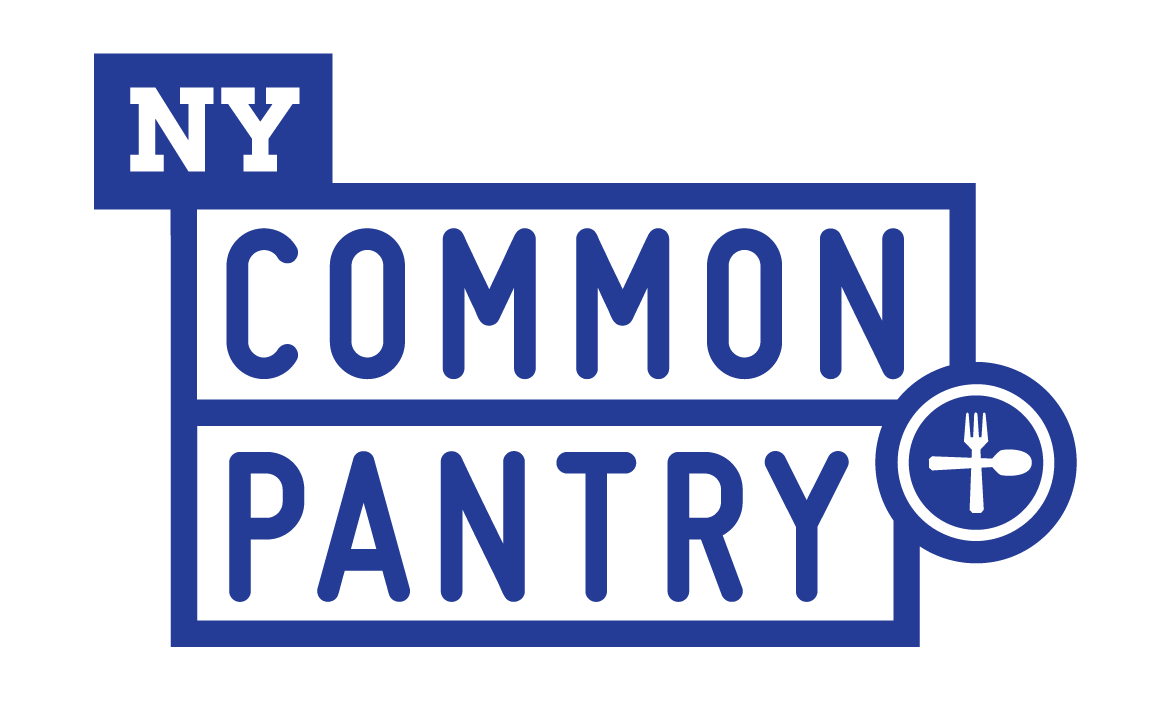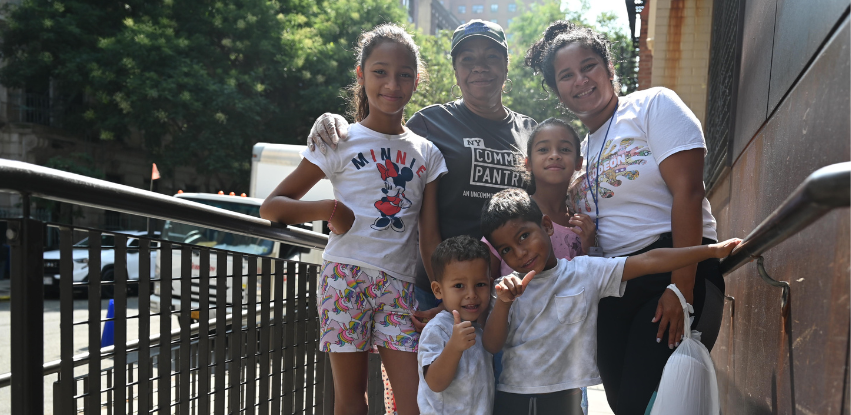Written by Stephen Grimaldi, Executive Director of New York Common Pantry
Food insecurity in New York City has reached epic proportions (epidemic levels). According to the most recent data available,[1] the City has almost twice the poverty rate — 23% — of the national average (12%) and nearly 1.8 million NYC residents are receiving Supplemental Nutrition Assistance Program (SNAP) benefits.
Three (3) million of our neighbors are considered income inadequate, with 50% of working age households not earning enough to meet the minimum cost of living in New York City.[2] In addition, more than half of New Yorkers earn less than $46,060 annually which is 200% of the poverty level for a family of three.[3]
Working New Yorkers continue to struggle with the impact of inflation, the high cost of food in grocery stores, and cuts to the pandemic-era SNAP benefit increases and child tax credits that helped to lift children and families out of poverty. In FY2023, New York Common Pantry (NYCP) served 32% more guests on a daily basis than the year prior and as of the end of our third quarter, we’ve seen the number of guests we serve increase ten percent and we have provided more than 8.2 million meals. While seemingly impossible to fathom, our numbers continue to rise significantly each year.
NYCP is facing many of the same hardships as our guests. According to the Economic Research Service, the cost of food rose by 25% from 2019 to 2023, faster than housing, medical care, and all other major categories except for transportation.[4] We encounter the same high prices when we are negotiating to purchase food from our suppliers. To increase our spending power, we are members of the Roundtable: Allies for Food Access, where we join forces with other emergency food providers to rescue and purchase shelf-stable items in bulk, and share vendor price lists to drive down costs. Our Food Storage and Distribution Hub enables us to receive large deliveries and store more food. In addition, our proximity to the Hunts Point Market (HPM) and enhanced refrigeration capacity have enabled NYCP to rescue more produce from HPM vendors. All of this reduces our cost per meal, fostering NYCP’s ability to serve even more guests.
Recently, we focused our energy on making the case to Mayor Eric Adams and members of the City Council to preserve the Community Food Connection (CFC) budget – the city’s only dedicated funding allocated to support emergency food providers who are on the frontlines serving the millions of New Yorkers struggling to with food insecurity. These efforts have paid off. The Mayor and City Council Speaker have just agreed to keep funding this critical program. Our guests now face the prospect of their SNAP benefits being reduced again. The bulk of the 2024 Farm Bill budget — 80% — is the state-administered SNAP program. The current House plan stipulates that even though it costs 25% more now than in 2019 to purchase the same amount of food, the allocations will not be adjusted. The Congressional Budget Office estimates this will result in a $30 billion cut to SNAP over the next decade. With the number of New Yorkers receiving SNAP benefits increasing every year, these budget cuts will mean more families will be receiving less each month to help purchase food.
So where will these families turn for help? New York Common Pantry. As always, we will serve everyone who comes to our doors for help. We will continue to implement more efficiencies, expand and streamline our operations, and seek more partnerships to meet this growing demand in our city.
We also will be advocating for a stronger SNAP program to assist our communities in need.
We hope that more of you will join and support NYCP in our efforts to address this City’s food insecurity epidemic. We can only do this with your help.
Please read more in our: Summer 2024 Pantry Press Newsletter
[1] Poverty and Food Insecurity in New York, New York City Council, https://council.nyc.gov/data/emergency-food-in-nyc/
[2] True Cost of Living Report, April 2023. Produced by Center for Women’s Welfare, University of Washington School of Social Work, for the Fund for the City of New York and the United Way of New York City, https://unitedwaynyc.org/true-cost-of-living/
[3] “Big Apple’s Bitter Bite: Food Hardship in New York City.” Debipriya Chatterjee, Jennifer Hinojosa for Community Service Society, April 2023. www.cssny.org/ publications/entry/food-insecurity-new-york-city
[4] Food Prices and Spending, Economic Research Service, https://www.ers.usda.gov/data-products/ag-and-food-statistics-charting-the-essentials/food-prices-and-spending/?topicId=1afac93a-444e-4e05-99f3-53217721a8be

